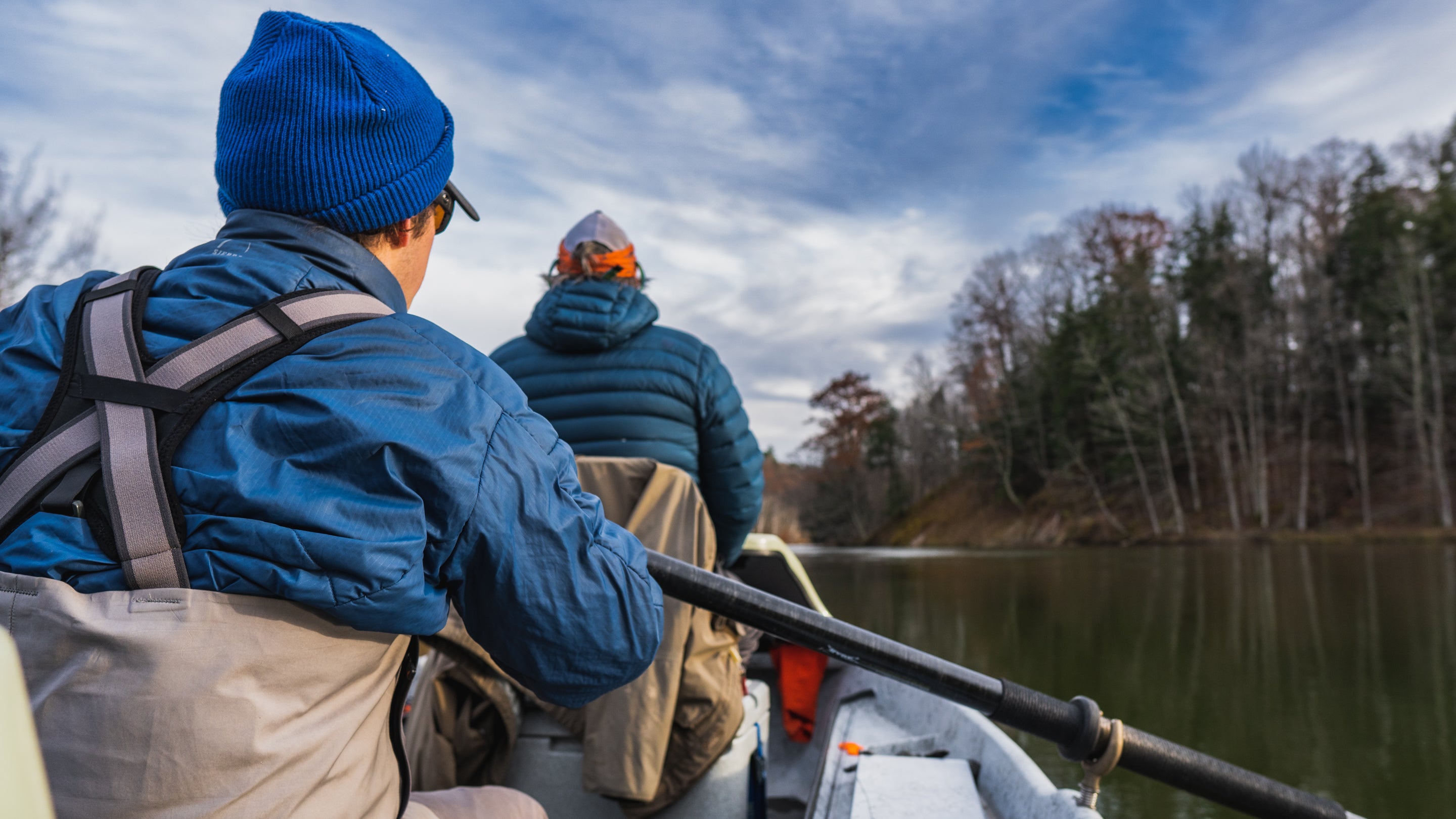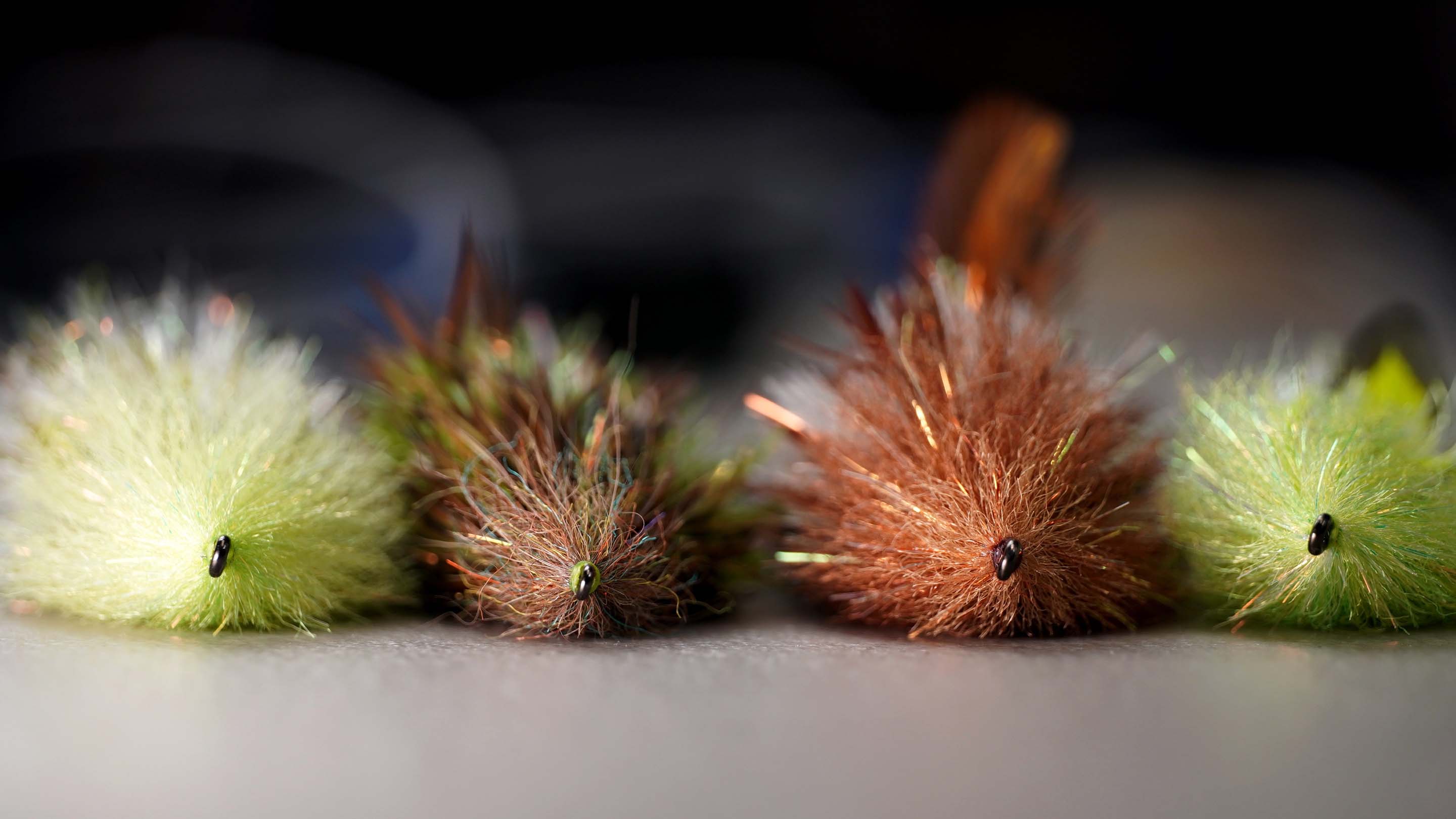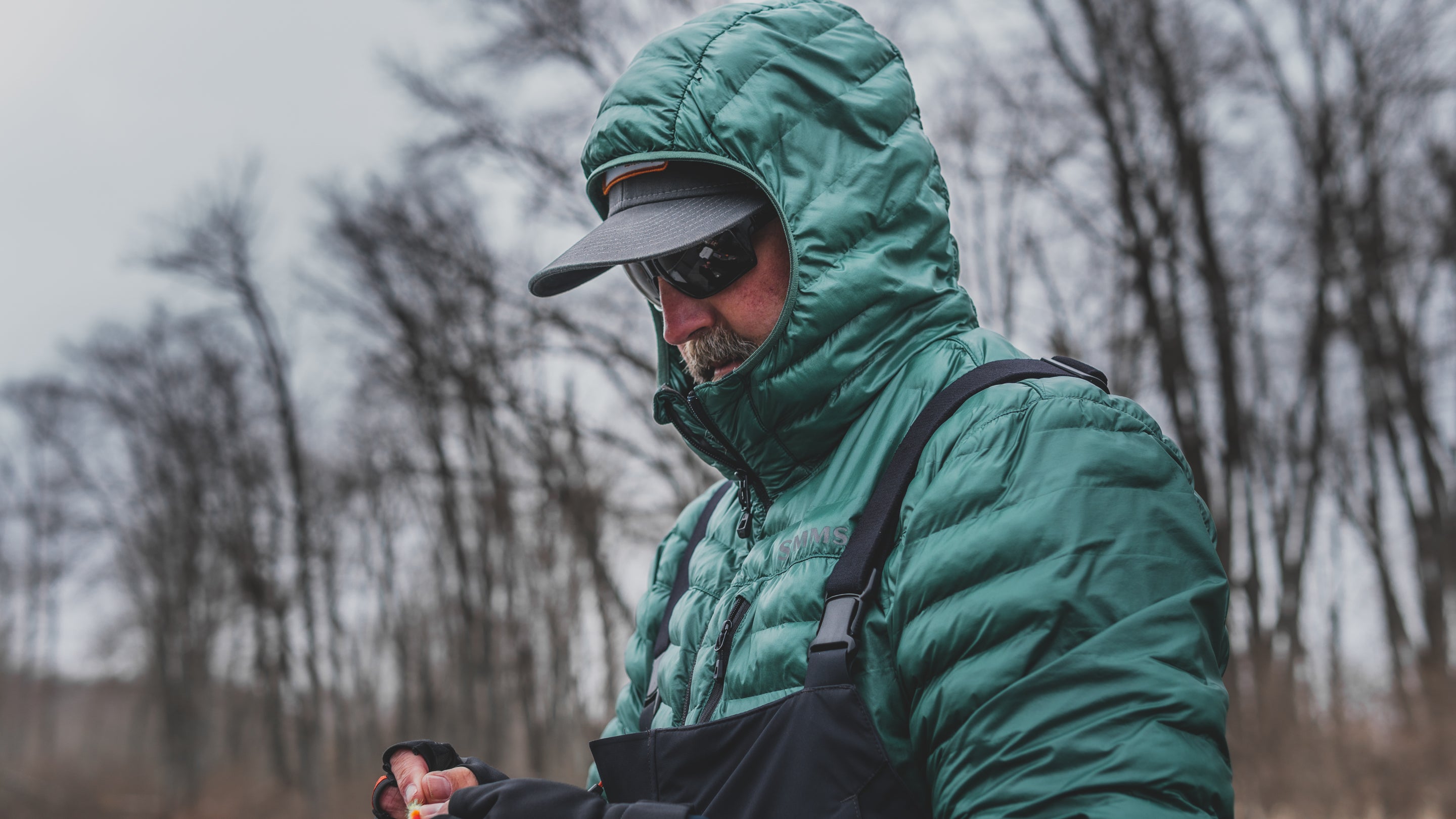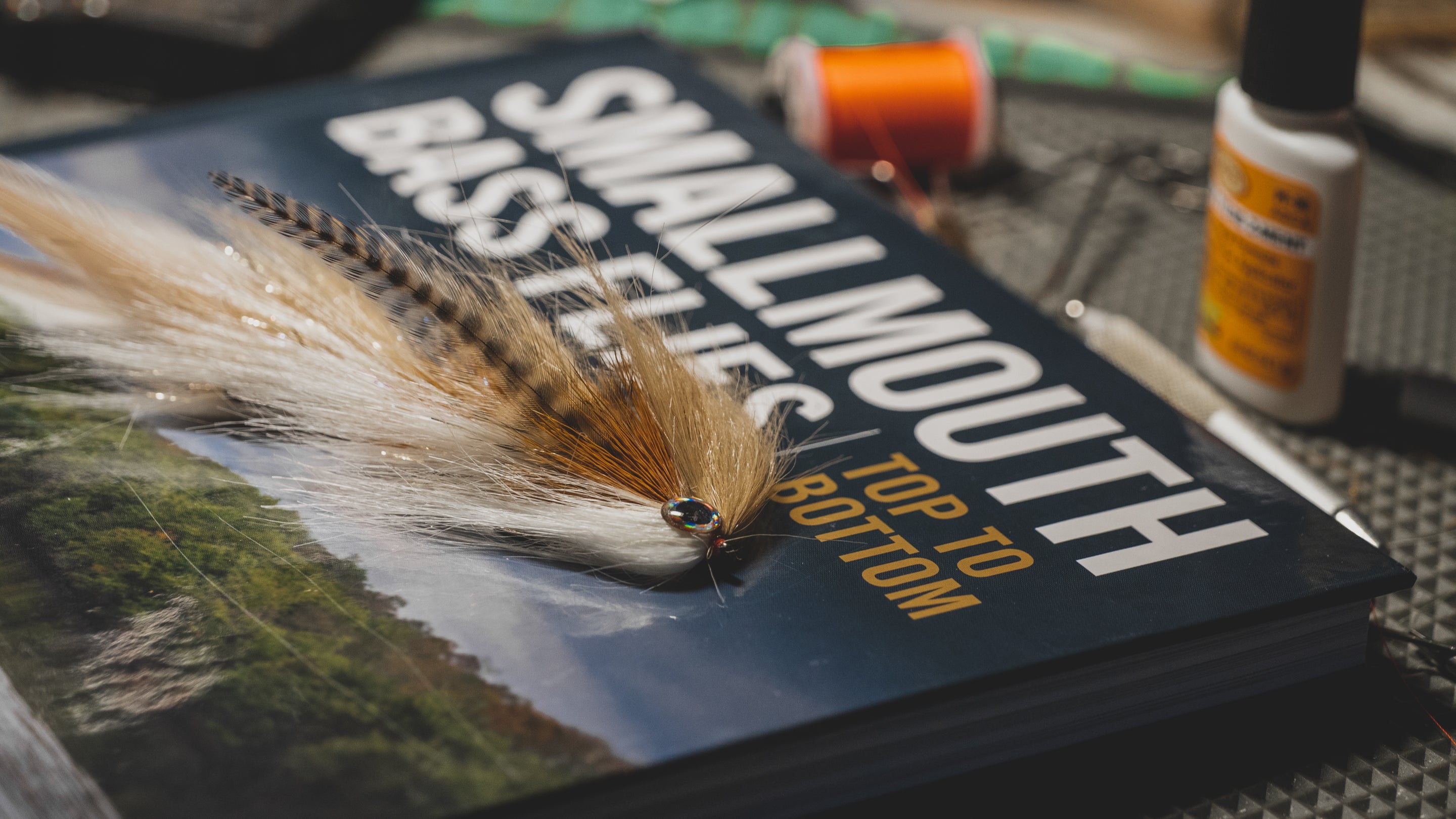Rigs for Salmon and Steelhead
As summer begins to come to an end, it's difficult for many anglers to think of anything but the large migratory fish on their way to the rivers of Northern Michigan. Beginning in late August, almost all the rivers we fish begin to receive Salmon who have spent their lives in Lake Michigan. These very large fish will work their way upstream to make gravel beds where they will spawn before eventually dying. Great Lakes Steelhead will follow up the rivers in October and November and many will stay in the rivers over the winter providing great fun for those willing to brave the cold. As Northern Michigan thaws out in March, the main push of Steelhead will ascend the rivers to their spawning grounds. After their work is done, Steelhead will work their way back downstream and back out to the Great Lakes to spend another summer in the big water.
These large fish often require different equipment and techniques than what most trout anglers practice in search of Brook & Brown Trout. Honestly, these techniques are designed to be very simple and easy to adjust to the water you are fishing. Remember, successful fisherman are constantly adjusting for changing conditions. If you spend time learning the rivers and becoming familiar with your gear and how it works, you'll be sure to hook into one of these big fish and see why it can be so addicting.
Chuck & Duck
Adapted from spin fishing, this is the most common way anglers pursue Salmon and Steelhead in Northern Michigan. It doesn't require tons of specialized gear and can be learned in an afternoon. An eight weight rod will suffice for Steelhead though you may want to consider a nine or ten weight for King Salmon. Don't worry about length too much, nine foot rods are the standard but some anglers prefer the extra control of a slightly longer stick. A reel with a high quality drag is a must for these strong fish that like to run. We spool them with plenty of backing and a mono shooting line rated between twenty-five and fifty pounds; our favorite is Rio's Slick Shooter. Attaching a butt section of twelve pound Maxima Ultragreen will work best with an Albright knot. A barrel swivel at the end of your butt section will either hold your split shot off of a tag in smaller rivers or serve as a stopper when using a sliding weight. Tippet length and strength can change immensely depending on species and conditions but it would be wise to have six, eight, and ten pound on hand.
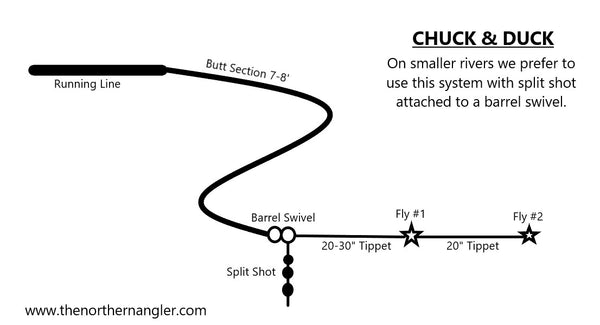
When larger rivers demand deeper presentations, we will typically extend the butt section and utilize a sliding pencil weight on a snap swivel. Pencil lead is available in pre-made packages and also coils that can be custom cut to your needs.
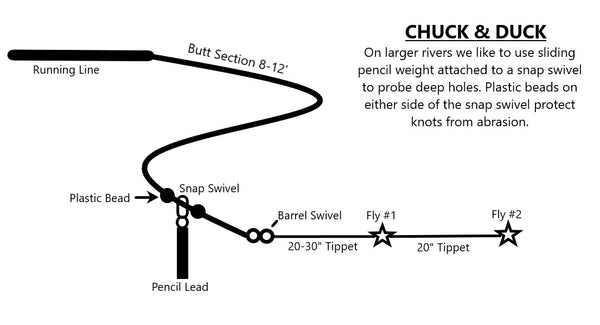
Indicator Nymphing
Indicator nymphing utilizes a floating fly line and we recommend a nymphing specific line such as Rio's Trout/Steelhead Indicator line or Scientific Anglers Anadro line. These lines are designed specifically to turn over heavy rigs easily and offer the ability to mend and control your drift at a distance. A tapered leader from seven to nine feet will work well like the Salmon/Steelhead leaders from Rio. Your barrel swivel is a built in break point which you will useful when get stuck on bottom debris. It also allows you to leave a tag from your tippet knot where spit shot can be attached.
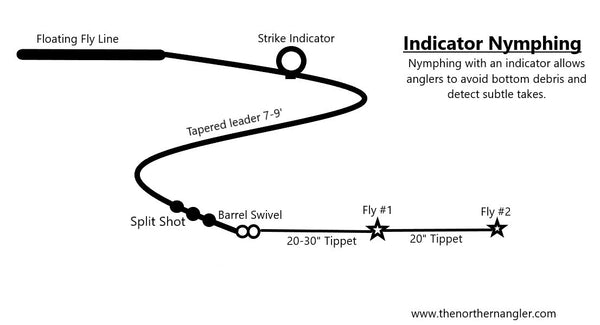
Float Fishing
Float fishing has exploded in popularity the past few years and with good reason: it can be extremely effective. Many anglers have begun to utilize center pin rods from eleven to thirteen feet and reels with high quality bearings and no drag. The thin mono line is easily pulled off the reel as balsa floats and strings of split shot carry flies downstream. These same tactics can be adapted to use with a floating fly line and can work fairly well if your mending and line feeding skills aren't too rusty.

Spey Fishing
Spey style fishing or "swinging" presents a fly across the current for active fish to chase. It's one of our favorite ways to fish once the egg bit has abated in October. Check out an entire article dedicated to spey casting and swinging flies here.


